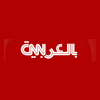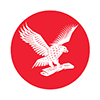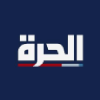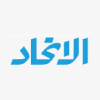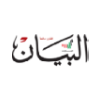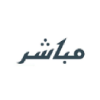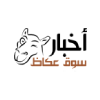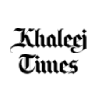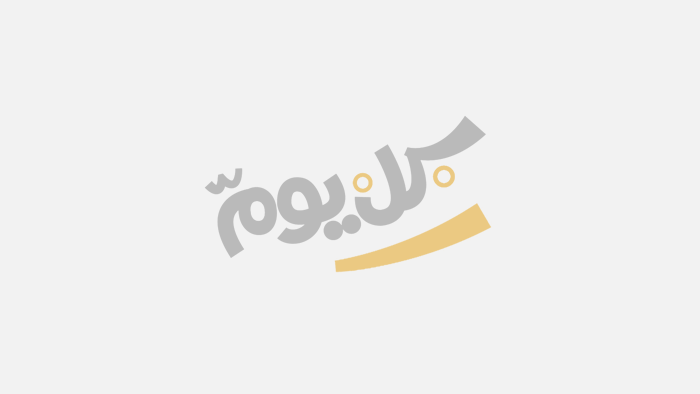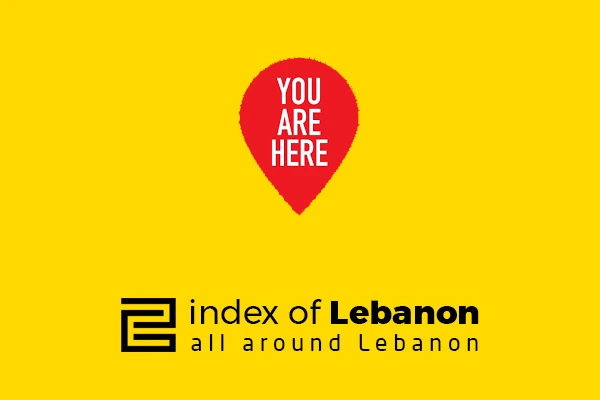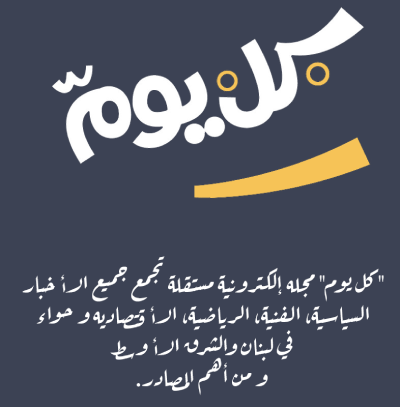Uae News
Klyoum.com - thenationalnewsAcademic and curatorial interest around Arab modernism is increasing at a rapid pace. Much of the new scholarship focuses on national groups, but a recently published book, Alcove, sheds light on the artists as well as the world around them.
Sitting midway between memoir and art-historical documentation, this beautiful volume shows the artists as human beings – revealing how they painted, thought, loved and shared ideas during a lost heyday of the Arab world.
Over the past ten years, Dubai writer Myrna Ayad has been interviewing the children and friends of the artists who were active in the Middle East roughly from the 1950s to the 1980s. Some of these are major names – such as Saloua Rouada Choucair, Etel Adnan, Shafic Abboud, Baya Mahieddine and Hassan Sharif – and others are artists whose work has not yet been properly studied or documented.
“When I started working in the art world, everything was contemporary, contemporary, contemporary,” says Ayad, who was editor of Canvas from 2007 to 2015.
“The auctions then started to feature modern works and then Mathaf [the Arab Museum of Modern Art] opened in Qatar, which was a really important moment. But I had no idea who these modernists were. We know contemporary artists – we see them, we do panel discussions with them, some become friends. But who were these modernists? That’s what I really wanted to know.”
After she became director of Art Dubai in 2016, Ayad started the interviews when launching the Art Dubai Modern Symposium. She began interviewing family members to try to set down in writing memories of a group of artists that would otherwise be lost, publishing them on the Art Dubai blog.
After leaving Art Dubai, Ayad relaunched the series as Remembering the Artist in The National, where it remains today. The book, published by Kaph Books, is drawn from some of these accounts and is illustrated both with artwork and family photos.
“I was very careful who I interviewed,” says Ayad. “I did a lot of research as to who knew them best and who would have the most to say.”
Throughout the accounts, the Arab world appears as a site of intellectual freedom, connection and creativity. Particularly in the mid 20th century, artists were energised by the idea of creating a new conception of Arab art that would take the place of the European idioms they associated with colonialism.
Solidarity with Palestine was a constant, as was a general sense of collaboration. Some of it was formal – Fateh Moudarres and Louay Kayyali together represented Syria at the Venice Biennale in 1960 – and much of it informal, such as the soirées at the Horseshoe Cafe in Beirut, where Adnan, Choucair, El Rayess, Saudi, Paul Guiragossian and Juliana Seraphim would meet and trade ideas.
Details about the artists’ lives give a sense of their determination, as well as the richness of their influences. Layla Al Attar, who had been asked by Saddam Hussein to run his once famed art centre, would bring coffee and tea from her own home to the centre’s events so that she could redistribute its hospitality budget directly to the artists.
Art historian Salwa Mikdadi reports on travelling to visit the artist Baya Mahieddine in the midst of the Algerian War, describing her house in the mountainside as adorned with small birds in cages, just like in her artworks, while the sounds of Andalusian music played in the courtyard.
One of the most poignant accounts is that of Louay Kayyali, the Syrian artist, by his niece Suhair Sibai. She recounts how Kayyali, who had achieved acclaim as a painter of still, lucid scenes and society portraits, staged an exhibition of “30 politically charged” charcoal paintings at the Damascus Arab Cultural Centre in April 1967.
Amid a sharp critical reception from fellow artists and the public, Kayyali destroyed nearly all the work. He then fell into a depression that was exacerbated by the Arab loss in the Six Day War the next month. He was diagnosed with schizophrenia and never fully recovered.
A sense of the sheer difficulty of becoming an artist also emerges. Time and again artists – such as the Sudanese painter and filmmaker Hussein Shariffe, Laila Shawa from Palestine, or Saudi from Jordan and Lebanon – had to defy their parents to pursue a career in art.
“She persuaded my grandfather – an activist, politician, and a mayor of Gaza … to allow his only daughter to study in Rome in 1960,” writes Rabie Shawwa, the nephew of Laila Shawa, in disbelief.
“Even today if anyone would say to their parents, I want to be an artist, families would be reluctant, and may caution against this pursuit,” says Ayad.
“Can you imagine what it was like to say you want to be an artist to your Arab dad in the 1960s or 70s? This, when you come from a long line of doctors and engineers and lawyers. I salute these modernists for persevering.”
Often, when books are published with accounts from children about their parents, it is with an axe to grind – a kind of Mommie Dearest subgenre where offspring bemoan their neglect for their parents’ starrier lives.
These interviews, however, teem with pride, and ambling through this affection is one of the book’s joys. Tayseer El Gazzar, writing of her father, Abdel Hadi, says he “could not see a beggar without giving them money, and sometimes even offered his own clothes”.
Mohammed Ermes describes his father, the Libyan painter Ali Omar Ermes, as “generous with ideas and emotions, [while] his big, kind eyes and comforting smile made it easy to talk to him”.
Louloua Melehi says of her father, Mohamed: “His presence was utterly magnetic.”
Artists’ studios are remembered as magical places, in which parents disappeared into a trance – emerging with paint on their clothes or at times in the immaculate three-piece suits which men of that era wore.
“The interviews were very emotional,” says Ayad. “Ultimately, the discussions are recollections of a deceased loved one, but also, because of the period of the 1950s to the 1980s – during which these modernists operated – the discussions touch on many tumultuous events across the Arab world and their repercussions.”
So little can really be known of artistic intent unless we know their biography – even though the prevailing norm is to focus on the art over the backstory. As scholarship continues around these artists, oral testimonies like that of Alcove’s and those collected in centres like that of al Mawrid: Arab Center for the Study of Art at NYUAD will help to provide context that invisibly surrounds each painting and artwork.
